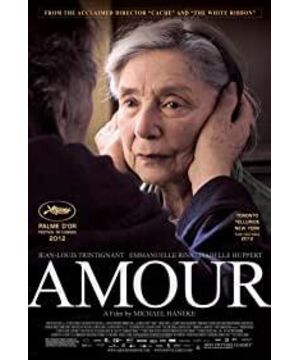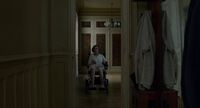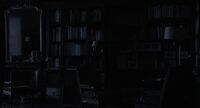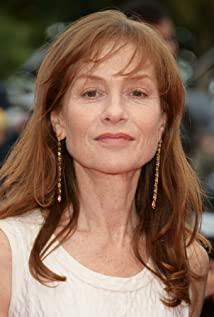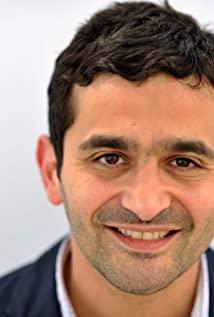The story of "Love" is very simple: Anna, an elegant piano teacher who was over 80 years old, suffered a sudden stroke and was paralyzed. Her wife George had been taking good care of her, but her condition deteriorated step by step, and finally she had to suffocate Anna with a pillow.
Haneke uses this story to complete such an experiment: what kind of attitude will "love", as the highest human emotion, appear in extreme "environment".
As "ferocious" animals, men are inextricably linked with violence, and are often the violent party in the relationship between the sexes. Violence has always been the theme of Haneke's films. In "Love", the old man George has only been violent to his wife three times. The first time was verbal, when Anna suddenly had a stroke and remained motionless, and George complained; the second time was physical, Anna, who was paralyzed in bed, refused to drink water for fear of wetting the bed, and George patiently fed water but was "willed" ” Anna sprayed her face, and finally accidentally hit Anna; the third time she suffocated Anna with a pillow.
These three violences happen to be special forms of love. The first complaint was "you're welcome" between the old couple. After the second slap, George himself was stupid, and he did not expect that he would lose patience, and "love" was being "tested". The third suffocation was directly because George didn't want to see his wife "suffer", and Anna also said "rather than die". So the third violence is the extreme form of "love". After suffocating Anna, George went to buy flowers, put on clean clothes for Anna, etc., showing his "love".
Haneke's sharpness lies in the fact that he holds a sharp scalpel in his hand, dissecting the supreme love of mankind to the audience. Another cruelty of him is that he shows the audience the embarrassment of suffering from illness in his later years without reservation.
Just like "Still Alice" put a linguistics professor into Alzheimer's disease (of course "Love" is earlier than "Still Alice"), this film makes the elegant female piano professor incontinent, howling after a stroke Yelling, unkempt looking in the mirror, it's just heartbreaking.
The cruelty of "Love" also lies in the fact that when Anna and George have a glimmer of hope in life, they extinguish it: Anna, who has just been discharged from the hospital, can still read books and listen to George's stories, but she falls down by the window the next day; Alexander's visit brought a little joy, but it didn't take long for an incident of incontinence to occur... Every "celebration" was suppressed by Haneke with more embarrassing events, until it went to despair. The director presents the "latency" of life to people.
The text and techniques of "Love" together emphasize the "uncontrollable" life. At the beginning of the movie, the door in the middle of the shot was smashed open, and the firefighters broke in; when the old couple went home, they found that the door lock had been picked up, and they were specially guarded against thieves; the next thing to complete the action of "entering the door" was the old couple He has a daughter, Eva, and a student, Alexander. The protagonist has the power to deal with the above-mentioned actions of "entering the door" or "breaking in": the thief will not be able to enter after the lock is repaired; the daughter wants to enter the door and is left outside for a long time by George.
What left George utterly helpless was the pigeon that came in through the window twice. In my opinion, the "visit" of pigeons is a good contrast to the "entry" of people. Pigeons just come as they want, just like illness, death, and the impermanence of the world. The pigeon is not a surreal brushwork, but an analogy to life. At the same time, George's gentle handling of pigeons twice contrasted sharply with his last violence: the atrocity of suffocating his wife with a pillow was poured out of the starting point of "love", isn't it just the gentleness and friendliness to treat the little life of pigeons? ?
In the first half of the film, the technique is heavier than the text, and in the second half, the text is stronger than the technique. In the first half, after breakfast, the director gave five or six empty shots, all of which were dark indoor scenes. The last empty shot was fixed in the kitchen, and the towel on the dining table to wipe Anna's mouth was still on the dining table. The intact towel indicated that they went to the hospital immediately before they could finish their breakfast. When Anna came back from the hospital for the first time, George helped her up from the wheelchair. The movements of the two were like dancing.
In the second half, there are more close-ups, and there are also some positive and negative fights. The techniques tend to return to normal, while the text becomes more and more powerful. Of course, the movie still uses surreal at the end, Anna seems to be back, and the couple go out like the beginning of the movie...
For more movie reviews, please scan the code
View more about Amour reviews


